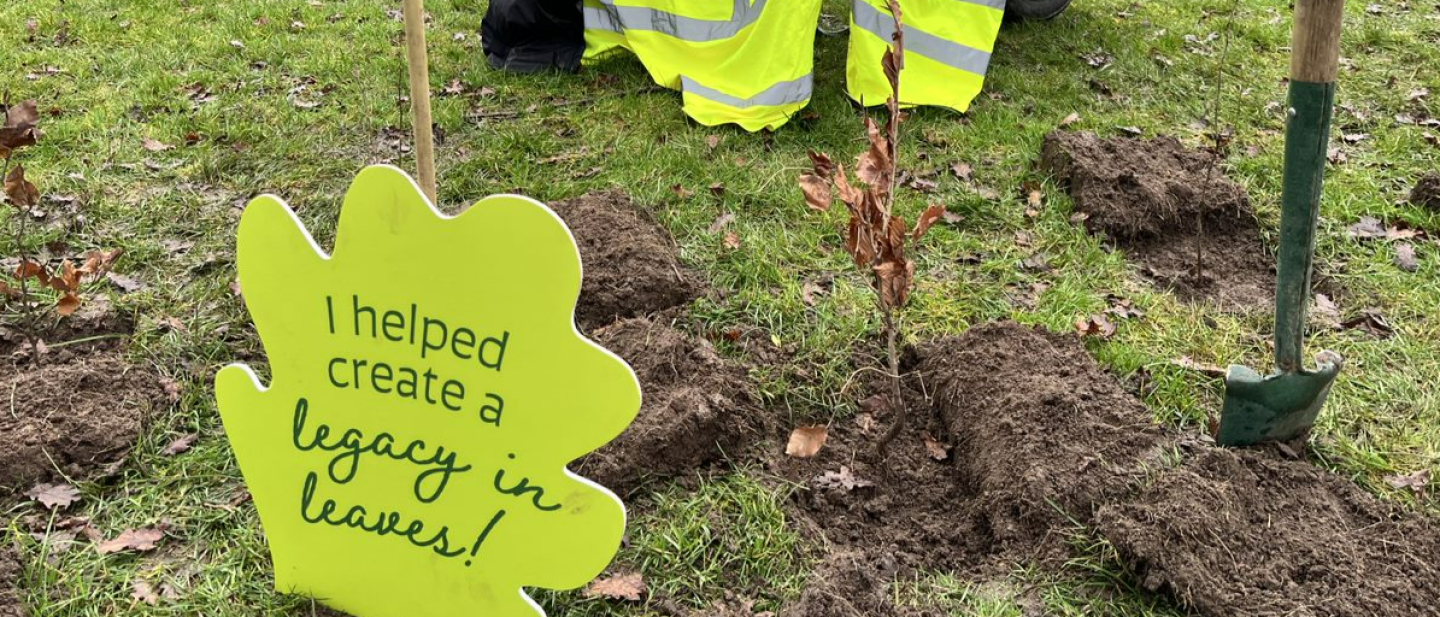
Issued by Hampshire County Council - in partnership with Havant Borough Council and the Hampshire Forest Partnership
The green-fingered team of around 30 people planted a mixture of species including oak, beech, field maple, hawthorn, blackthorn, wild cherry, and hazel. The project was organised by Hampshire County Council’s Hampshire Forest Partnership.
Councillor Russell Oppenheimer, the County Council’s Executive Member for Countryside and Regulatory Services said: “I want to thank all the volunteers who gave up their time to create a wonderful new green space for people to enjoy now and for many years to come. This is a great example of our Forest Partnership which aims to bring people and organisations together to plant one million trees by 2050 in urban and rural locations. Trees are one of the most effective ways to combat the climate emergency and restore wildlife habitats, as well as boost health and wellbeing.”
The planting took place over two days from Wednesday 7 to Thursday 8 February with the young trees provided by charitable organisation, The Conservation Volunteers and additional funding from the Woodland Accelerator Fund. The local volunteers included staff from Havant Borough Council, Havant Borough Tree Wardens, the County Council and MatchTech, a Fareham-based company.
Councillor Alex Rennie, Leader of Havant Borough Council, said: “This scheme is an exciting opportunity for Havant Borough Council to partner with Hampshire County Council, the Havant Borough Tree Wardens, and the Countryside Service volunteers to support a greener future. We are fortunate to live in such a green borough already, with many parks and open spaces. Planting these 950 trees will have such a positive impact now and for future generations in the fight against climate change and contributing to biodiversity. They will also provide natural wildlife habitats.”
The mini-forest has been planted using a technique that creates dense woodlands, usually the size of a tennis court, which speeds up tree growth tenfold. These wooded areas support greater biodiversity, providing a refuge for wildlife in urban areas.
